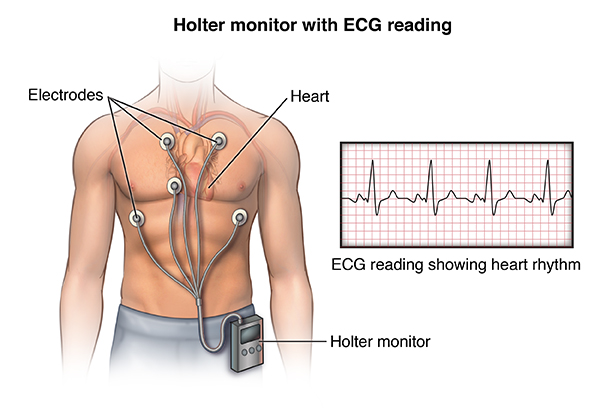

Some require the purchase of an accessory Doppler device. Mobile apps are also available for fetal heart rate monitoring. May produce inaccurate results that can lead to undue stress or a false sense of confidence.Require training to accurately use the device and interpret the readings.Lack controls on how often or how long people will use the device.The FDA discourages the use of these devices because they: But under some circumstances, ultrasound technology can heat tissues and produce small bubbles in tissues. Ultrasounds are safe if performed when they are medically necessary and by trained professionals.
Heart doppler professional#
Compared with professional devices that provide detailed information about heart function, at-home models only measure heart rate. Handheld Doppler fetal heart rate monitors are widely sold for at-home use.

Transmission of HIV or genital herpes from mom to baby.Īre at-home fetal heart rate monitors safe?.Injury to your baby’s scalp and asphyxiation of your baby.Internal monitoring can increase the risk of: It also increases the risk of an unnecessary cesarean section or delivery using a vacuum device or forceps. But most experts believe that continuous monitoring isn’t necessary for pregnancies at low risk of complications.Ĭontinuous electronic fetal monitoring can restrict your movement, which can be helpful during labor. In general, fetal heart rate monitoring is safe. What are the risks of fetal heart rate monitoring? External electronic fetal monitoring results are unreliable.Providers use internal monitoring during labor and delivery only after your water has broken and when: Your provider attaches a wire to your baby’s head to continuously track the heart rate. Less often, providers monitor your baby inside your uterus. Wires from the instruments attach to a monitor that provides a continuous readout of your baby’s heart rate. A second strap holds an instrument that measures your contractions. They’ll hold the ultrasound device in place on your belly with an elastic strap.

Continuous Doppler ultrasound: During labor and delivery, your provider may opt for continuous electronic fetal monitoring.However, the Food and Drug Administration (FDA) does not support the use of these devices at home. You can purchase versions of handheld Doppler devices for at-home use. The device picks up your baby’s heartbeat and displays the readout on a screen. Your provider will squeeze gel onto your abdomen and place the probe in the gel. Providers often use handheld Doppler devices during prenatal visits. Handheld Doppler ultrasound: Doppler ultrasound uses sound waves to measure your baby’s heart rate.Your provider presses the cone to your belly to listen to your baby’s heartbeat. Fetoscope: This instrument is similar to a stethoscope your provider uses to listen to your heart and lungs.
Heart doppler manual#
Your provider may do this using these manual or electronic devices: The types of fetal heart rate monitoring are: External monitoringĮxternal monitoring occurs on the outside of your abdomen. What are the types of fetal heart rate monitoring?


 0 kommentar(er)
0 kommentar(er)
